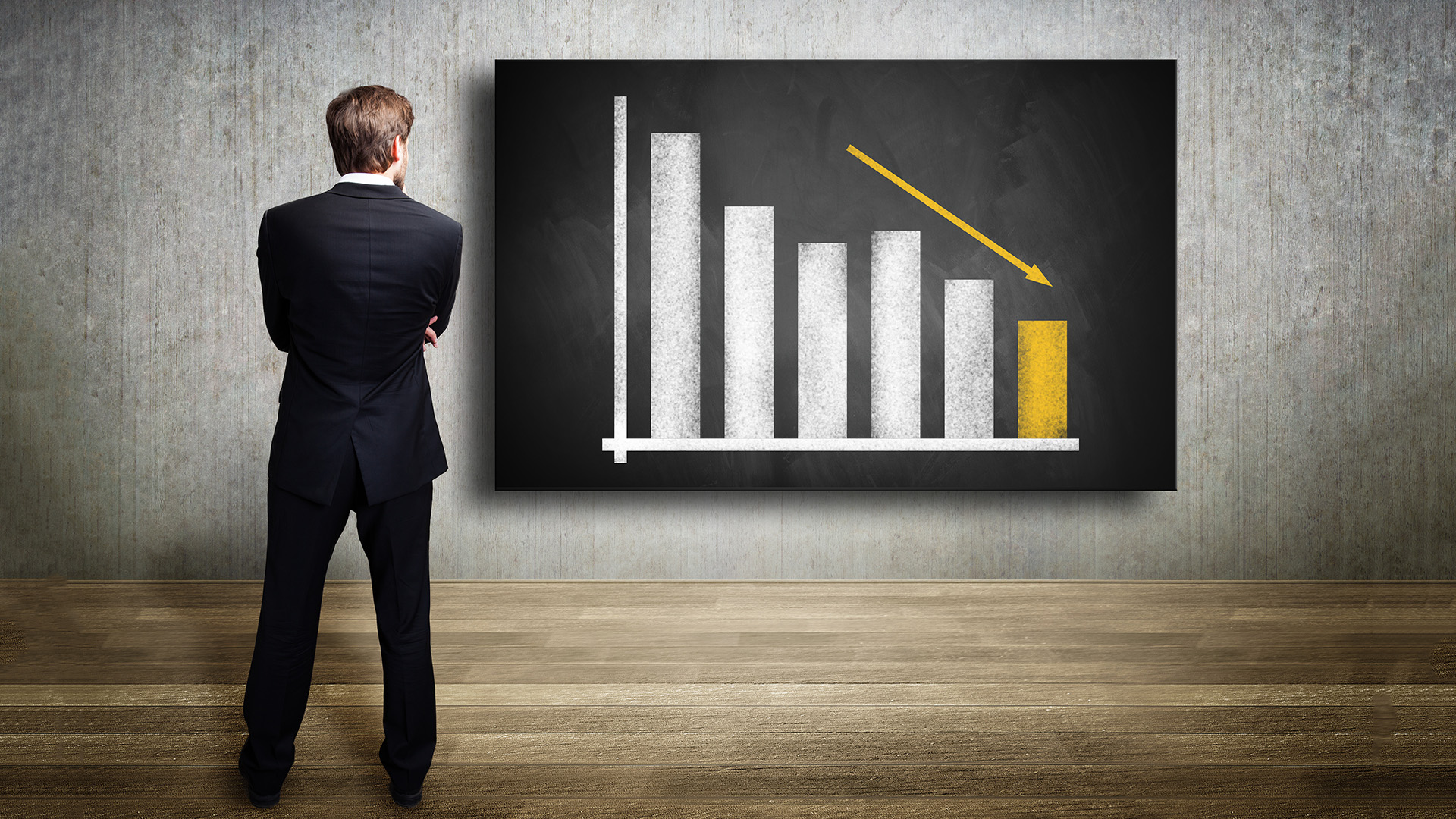Don’t expect anything but a ‘sitting’ pat statement from the Reserve Bank in its September statement on monetary policy.
The final paragraph from the August meeting’s statement from Governor Phil Lowe will likely be repeated in today’s statement from him.
In June he sad "The low level of interest rates is continuing to support the Australian economy. Taking account of the available information, the Board judged that holding the stance of monetary policy unchanged at this meeting would be consistent with sustainable growth in the economy and achieving the inflation target over time.”
That hasn’t changed in the past month.
If anything the upturn in the global economic activity, especially in key markets in Asia has been generally positive, while growth in the EU and the uS is stronger than expected. The only negative is the rising tensions around North Korea which could be a big negative for those economies in coming months, and therefore for Australia.
The local jobs market is a bit stronger, as yesterday’s August job ads figures from the ANZ bank confirmed.
Job rose 2% in August, the sixth straight month of gains, suggesting the strong pick-up in employment seen so far this year could run for a while yet.
And the June quarter national accounts might be a little weaker than expected following a drop in business inventories in the three months to June, along with weaker corporate profits.
But wages did grow in the quarter, up 1.2% from the March quarter and 1.6% in the year to June (lower than the Wage Price Index which was 1.9%). It was the same level of growth seen in the September quarter of last year.
That’s all data for the national accounts tomorrow – with more to be released later this morning on the current account for the June quarter and government financing transactions.
If the forecast of 0.5% to 0.7% quarter on quarter is a starting point for forecasts, then the weaker stocks figure could cut that to 0.3% to 0.5% (and an annual rate of around 1.5%).
The big imponderable will be the impact of the strongest rise in retail sales volumes (1.5%) in the June quarter for more than two years
The National Australia Bank said in a preview yesterday that its looking for quarter on quarter growth of 0.6%.
“This follows a particularly weak Q1 in which exports and construction were affected by weather events, although growth this quarter has also been affected by the impact of Cyclone Debbie on coal exports in particular (although surging LNG exports have masked this to some extent).
“As a result of disruptions this year and in Q3 last year, the year-ended growth rate actually drops further to 1.6% year on year, the weakest rate since the September quarter of 2009.
"Headline figures will thus not give an accurate picture of underlying growth momentum in the economy. Looking beneath the aggregate, there are likely to be some positive signals to take note of. In particular, private business investment looks to have increased for the second consecutive quarter, with a further apparent strengthening in non-mining investment particularly encouraging (particularly in machinery & equipment this quarter).
(Note that we are not forecasting as strong a surge in mining investment as evident in Wednesday’s construction work done figures from the import of the Icthys central processing facility given the methodology in the national accounts which spreads projects over multiple quarters by including progress payments). Meanwhile, government investment looks to have increased strongly, as infrastructure programs continue to ramp up,” the bank said.
There will be nothing in the national accounts that will startle the RBA (even if the 0.3% rise in the March quarter is revised lower, as several economists have suggested in recent days).
The solid investment figures for the June quarter and for the current financial year, as well as reasonable activity in constriction could also help the GDP figures.
The RBA will anticipate all that: its forecast for GDP growth in the 2016-17 financial year was 1.75% in its August Statement On Monetary Policy while the Federal Treasury forecast was trimmed to 2% in the mid year economic statement last December.
Based on what we know so far it’s likely both forecasts could be a bit too optimistic.













